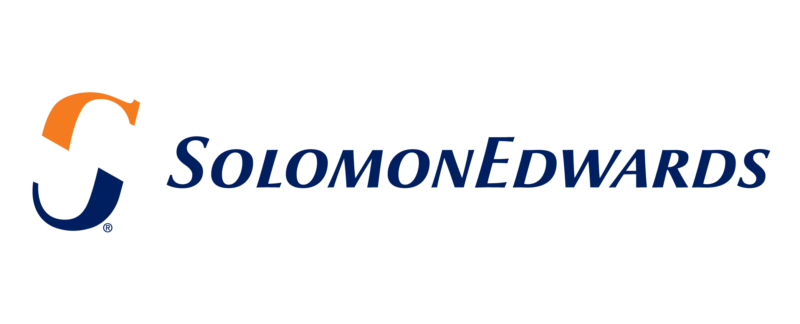A Loan Origination System (LOS) serves as a vital tool in financial institutions, enabling efficiency gains and streamlined processes. However, achieving a successful implementation or enhancement of an LOS requires meticulous planning and execution. Based on industry experience, here are key recommendations to navigate the implementation process effectively.
Prioritize Thorough System Design Before Development
Before selecting a vendor or initiating development, invest significant time in designing your LOS. Requirements are paramount—documenting functional and technical needs upfront ensures alignment with business goals. Stakeholders must vet and sign off on all outcomes and expectations, minimizing scope creep and future rework.
Align Policies & Processes with the New System
Modern LOS platforms often introduce cloud-based functionality, paperless workflows and automation. It is essential to update credit and lending policies to reflect the new operational landscape. A detailed process review will prevent the replication of inefficient legacy workflows in the new system, fostering meaningful transformation.
Limit Customization: Keep It Simple
Customization can complicate implementation and ongoing maintenance. Instead, leverage out-of-the-box functionality with light configurations. Focus on solving for the 80% of business needs rather than catering to outlier use cases, which can lead to unnecessary complexity and delays.
Establish Robust Project Oversight & Governance
Governance is crucial to maintaining project scope and direction. A formal structure should be in place to monitor progress, address exceptions and remove obstacles. Given the significant resources required for LOS implementation, ensure realistic capacity planning across competing projects.
Governance Best Practices for LOS Implementation:
-
-
- The steering group should not function as project managers or subject matter experts.
- Keep governance teams small, empowering them to make decisions on critical stalemates.
- One of the most pivotal decisions in an LOS project:
-
Should the business process adapt to the system, or should the system be customized to fit the existing process?
Establish a Common Vision
Alignment among stakeholders is fundamental. Clearly define and communicate project expectations to prevent surprises that may hinder adoption. A shared understanding of the project’s impact on efficiency, compliance and customer experience will foster smoother execution.
Commit to Change Management
Implementing an LOS often entails significant workflow disruptions. A well-structured change management strategy is critical to drive adoption. Key success factors include:
-
-
- Comprehensive training programs tailored to different user groups.
- Strong leadership engagement to reinforce belief in the transformation.
- Proactive communication to manage resistance and legacy thinking.
-
Embrace Iteration
Not all aspects of the LOS must be perfected before go-live. A phased approach allows users to gain hands-on experience, refining workflows based on real-world usage. Continuous improvement fosters adaptability and long-term success.
Strategize Data & Integration Efforts
Data forms the foundation of an effective LOS. Consider the following:
-
-
- Assess data quality and define core customer data elements.
- Identify reporting needs and management dashboards.
- Develop an integration roadmap, balancing short-term necessities with long-term scalability.
- Leverage third-party tools strategically, ensuring seamless data exchange and automation.
-
A Transformative Initiative
An LOS implementation or update is more than a technology upgrade—it is a business transformation initiative. By following a structured approach with clear governance, process alignment and an iterative mindset, organizations can harness the full potential of an LOS. The journey requires commitment, but the rewards—improved efficiency, compliance and customer experience—are well worth the effort.
Learn more about our experience in this area and how we worked with a leading regional bank to address years of inefficiencies with its loan origination system (LOS).
Addressing Loan Origination System Inefficiencies for a Leading $27B Bank
About the Author
Frank Ferriola leads the Technology Enablement practice for Banking and Financial Services at SolomonEdwards. With more than 30 years of experience in the banking industry, he brings a strong balance of expertise across all areas of the organization. Frank partners with institutions to develop strategic roadmaps for technology and digital innovation to create frictionless and efficient experiences.
To learn more, contact Frank at fferriola@solomonedwards.com.






